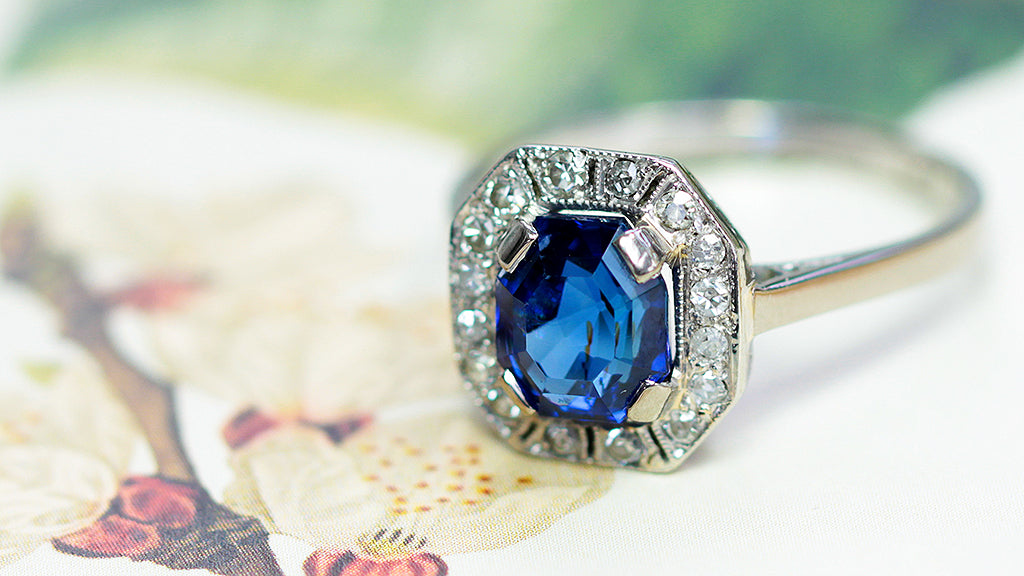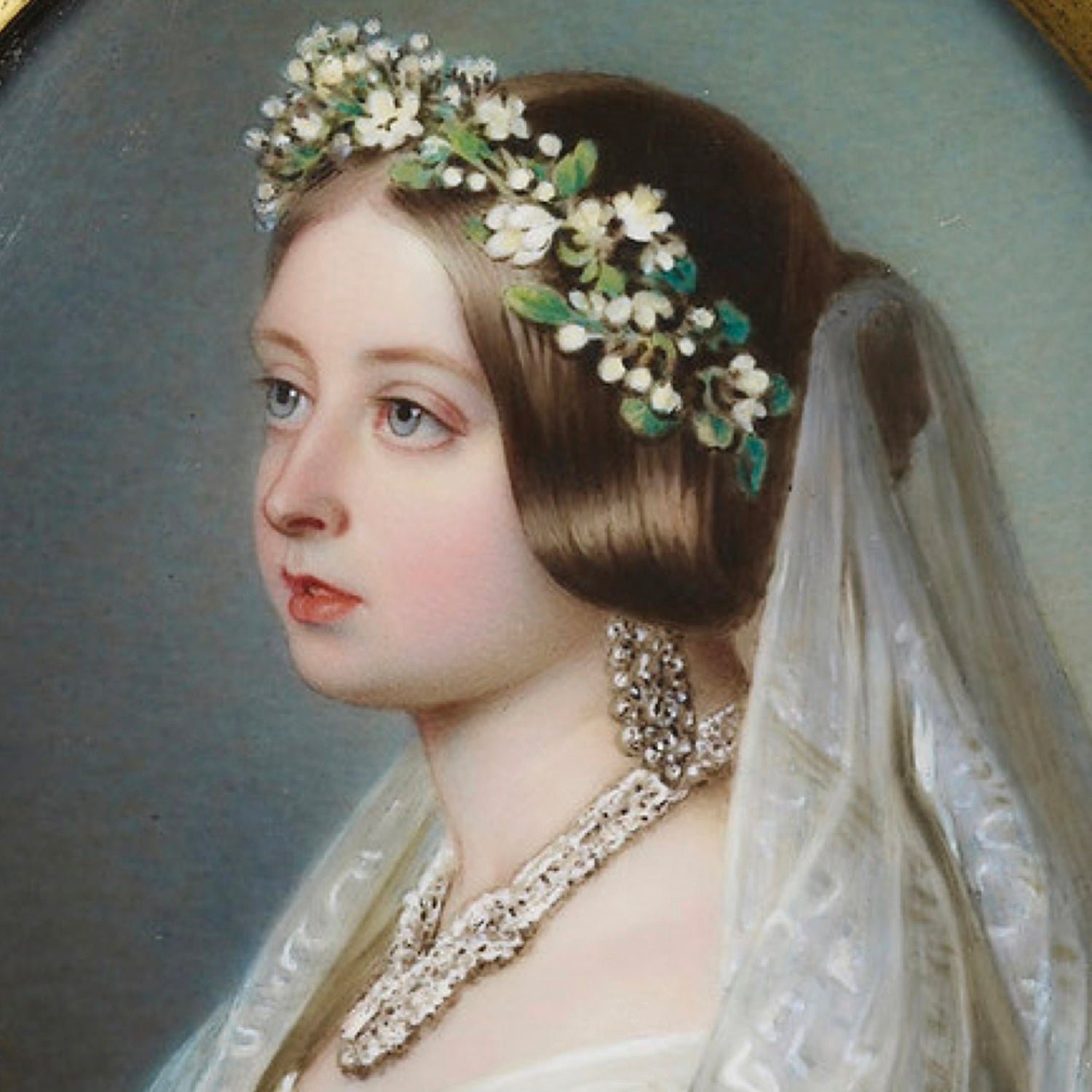
Fake Engagement Rings: How to Spot a Vintage Fraud
For many of us, an engagement ring is the first piece of fine jewellery we will own, which can introduce an element of apprehension into the buying experience, particularly if you are planning on investing in a vintage engagement ring. How do you know that what you are buying is real and as described?
Shopping for a vintage ring should be a wonderful, exciting process. Reading up on the different eras, discovering how styles have changed through the ages, can help you pinpoint the kind of ring you are looking for, and browsing some trustworthy websites will enable you get a feel for your likes and dislikes. But when you’ve found what you think is “the one”, how can you be 100% sure it’s not a modern-day copy? We've put together a few helpful tips to give you the confidence to start searching for your dream engagement ring.
Buy from a reputable shop or dealer
Respected retailers will not mis-sell to you

This really is the best piece of advice when buying a vintage engagement ring. The bottom line is, a reputable shop or dealer won’t sell you a vintage fraud, so you don’t have to worry about being mis-sold to. Google a company and check out their credentials, and if you’re still not sure, follow up with an email asking questions about the vintage ring you are interested in.
Too good to be true?
Be alert to vintage engagement ring "bargains"

Using selling platforms like eBay to search for a vintage engagement ring throws up hundreds of rings, some of which may, at first glance, look like a real bargain. Dig deeper into the descriptions, however, and they are vintage copies, crafted in low carat gold. The golden rule is: if the price is too good to be true, it’s most likely a vintage fraud.
Watch out for antique or vintage “style”
The difference between authentic and reproduction

If you are looking for an antique or vintage ring, make sure what you are buying is genuinely of the era and not antique or vintage “style”. Many designs from days gone by are considered classics today and continue to be revisited by contemporary jewellers. Rings that date from the Art Deco era and earlier are described as “antique”, while vintage jewellery must be at least 30 years old to be described as such. Anything afterwards is strictly antique or vintage “style”.
Wear and tear
A vintage engagement ring is unlikely to look brand new

If the gold or platinum band on a vintage ring looks perfectly polished and shiny, you might be looking at a vintage style ring rather than the real thing. The vast majority of vintage engagement rings have been pre-loved and come with their own patterns of tiny scratches and dints. This unique patina is what gives a vintage ring its charm and can also help to identify a genuine ring from a fraud.
Old cut diamonds
How precise the cut is may determine whether you are looking at a fraud

Before the advent of motorised cutting equipment in the late 1800s, diamonds were cut exclusively by hand. These old cut diamonds, as they are called in the jewellery world, were the precursor to today’s round brilliant cut – the most sparkly (and popular) diamond cut for a new engagement ring today. With just a few exceptions, old cut diamonds dominated up until the 1930s and this means they are a very good way to date your ring. If someone is selling a Victorian, Edwardian or Art Deco engagement ring set with a round brilliant cut diamond, it is likely to be a vintage fraud.
Hallmarks
It isn't automatically a fake if it doesn't have a hallmark

Any jewel made after 1973 – when the UK entered the EU and was required to use a standard set of hallmarks to denote the quality of precious metals – will be hallmarked, giving you a bit more certainty to the authenticity of a vintage engagement ring. However, it is a myth that all jewels made in the 18th and 19th centuries were hallmarked – many were not. If a ring is not hallmarked, you either need to develop the skills to assess the jewel on your own or ask an expert to help.
Certificate of authenticity
A guarantee that a vintage engagement ring is real

Most modern-day diamond engagement rings come with a GIA certificate, which is a guarantee of the quality of your diamond. No such equivalent is available in the world of antique and vintage engagement rings, unless the seller has an especially valuable diamond ring within their collection and has sent it to the GIA for certification.
When we founded The Vintage Ring Company, we wanted to offer the same kind of peace of mind to our clients and give reassurance that what they are buying is 100% genuine, so we devised a Certificate of Authenticity that is unique to The Vintage Ring Company and accompanies each of our rings. Within the certificate, which is signed and stamped by a third-party representative of The Goldsmiths’ Society, you will find all the details of your ring, including the size and quality of the stones, the carat weight of the metals and the era in which it was made.
If you any questions regarding the authenticity of any of our rings, please get in touch and we will be happy to help.


